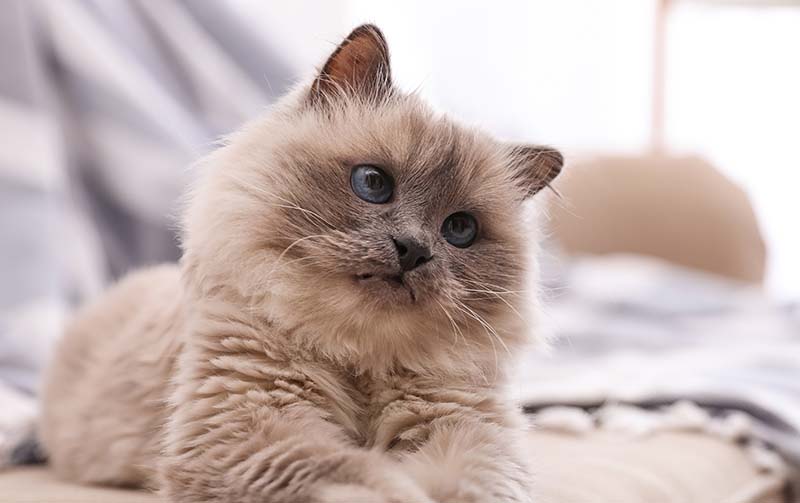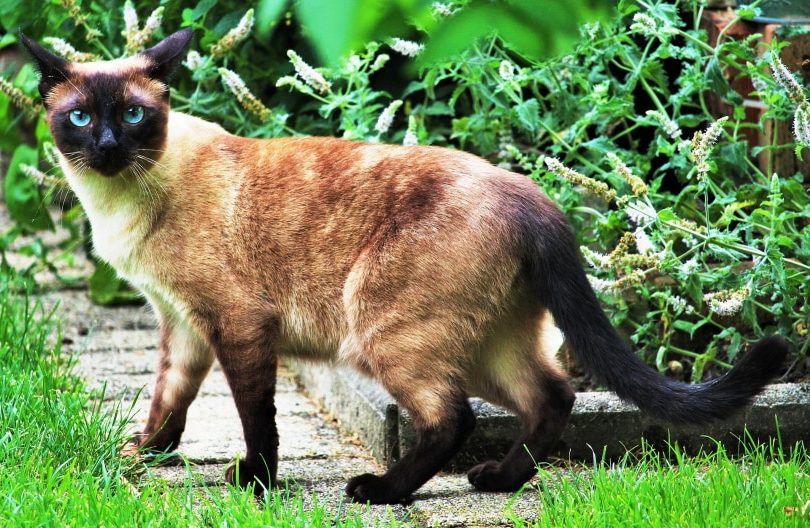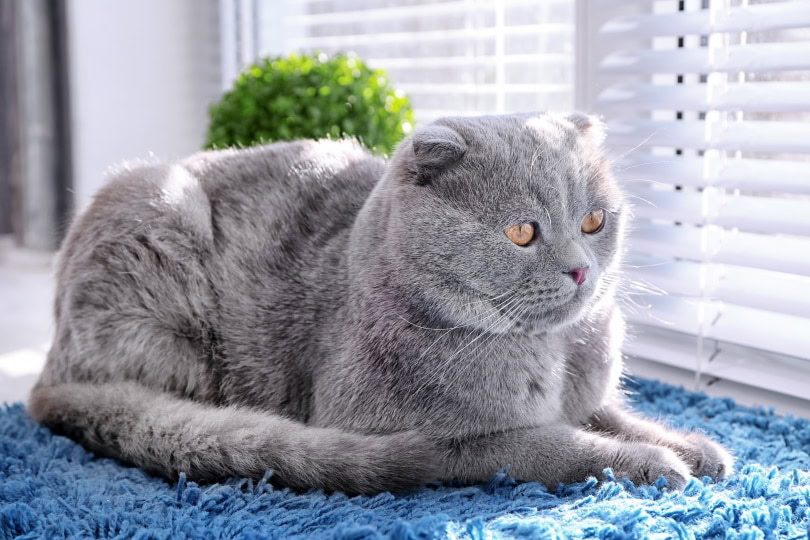VET APPROVED

The information is current and up-to-date in accordance with the latest veterinarian research.
Learn more »The Birman cat is an increasingly popular breed that many people seek out because of their attractive appearance and long fur. However, before purchasing one, it can be helpful to learn as much about them as possible to ensure that they will be a good match for the household. If you are thinking about adding a Birman to your family, keep reading as we list several fascinating facts about this breed so you can make an informed purchase.

The 15 Facts About Birman Cats
1. No One Knows Their Origin
Unfortunately, the origin of the Birman breed has been lost to time. Some believe that priests in Burma started breeding them inside their ancient temples, but what we know for sure is that the first pair of Birmans were brought to France from Burma in 1919.
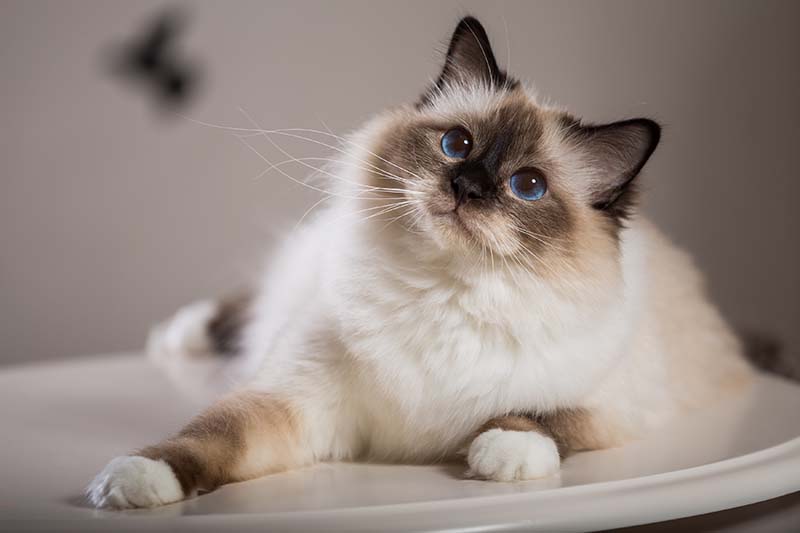
2. The Long Coat Is Comparatively Easy to Maintain
The long hair on Birman cats is easier to maintain than that of many other longhaired cats because there is no undercoat, so it’s easy to brush and comb and less likely to tangle and mat. The lack of an undercoat also means your cat will leave less fur around the house.
3. The Birman Cat Is Color Pointed
Birman cats are color-pointed, a type of partial albinism that affects the fur color of the cat based on body temperature. Warmer areas, like the torso, will not have color, while cooler areas, like the face, feet, and tail, will. Other color-pointed cat breeds include the Siamese, Balinese, and Himalayan.
4. Birman Kittens Are All White
When a Birman kitten is born, they are all white, and color will start to appear on their face, tail, and feet after a few weeks, with darker colors appearing before lighter ones.
5. Birman Cats Continue to Change Color
Since the form of partial albinism that affects the Birman cat breed is temperature controlled, you can expect your cat to change color slightly but continuously throughout their lifetime, with many older cats sporting darker colors than young ones.
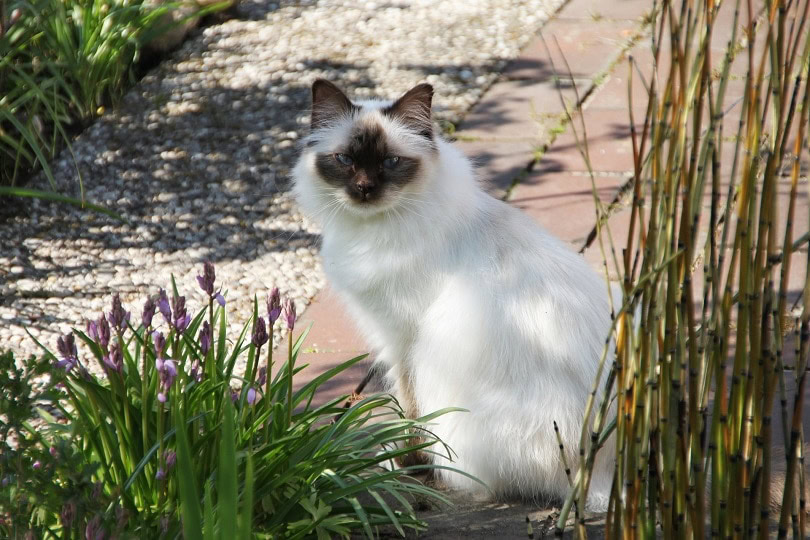
6. All Birman Cats Have Blue Eyes
Another trait of Birman cats linked to their coat color is their amazing blue eyes. Many owners opt for this breed purely for their eye color.
7. Birman Cats Are Generally Healthy
Birmans have a long average lifespan of around 15 years. They are more prone to certain health conditions, such as urate urine stones and aortic thromboembolism, but generally speaking, they tend to have healthy lives. Of course, longevity depends on the diet, exercise, and medical attention that they receive.
8. Birman Cats Are Doglike
Many owners describe their Birman cats as dog-like because they are fairly easy to train and can fetch, retrieve items, and perform other tricks. They are also playful with children and other pets and tend to follow you around the house and wait at the door when you leave.
9. There Is a Naming Tradition
While you are not obligated to follow it, most Birman breeders in the U.S. follow the naming convention that began in France during the 1920s and continues today. It states that all kittens born in the same year have names starting with the same letter, which is assigned following the alphabet. For example, kittens born in 2023 have names starting with “U,” and those born in 2024 will have names starting with “V.”
10. Birman Cats Are Intelligent
Many owners describe their Birman cats as being highly intelligent. They are easy to train and can solve complex puzzles, making it difficult to keep them out of areas where you don’t want them. Interactive cat toys can help stimulate the cat’s mind, keeping them happy and out of trouble.
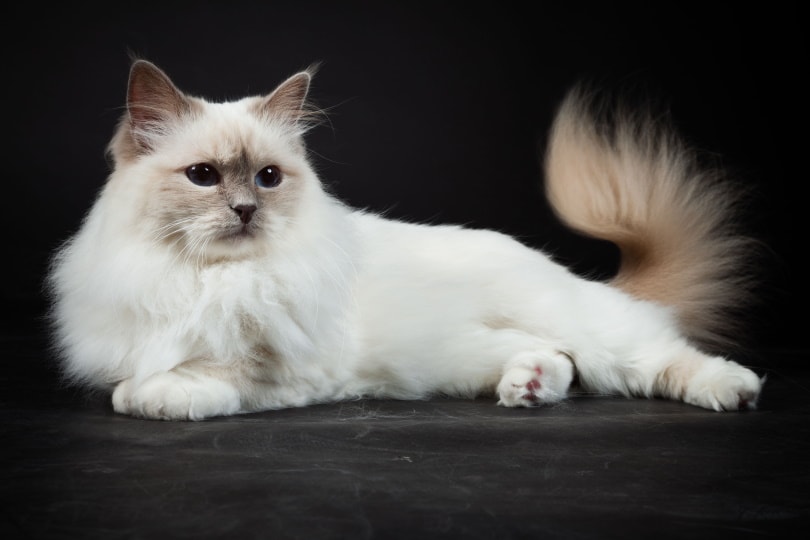
11. Birman Cats Are Quiet
Many owners describe their Birman cats as quiet, with limited soft vocalizations that perfectly match their gentle, playful nature. They will also sneak into your room and even onto your couch or bed without your knowledge.
12. The Birman Is Not Genetically Diverse
The Birman cat breed is not as genetically diverse as many other breeds. Scientist M. J. Lipinski wrote a book titled “The Ascent of Cat Breeds: Genetic Evaluations of Breeds and Worldwide Random-bred Populations,” which showed that the Birman breed is the least diverse breed studied. Experts blame this lack of diversity on the breed’s shrouded history.
13. The Birman Breed Can Be Territorial
One thing that the Birman cat breed has in common with many other cats is that they can become territorial, especially if you didn’t get to socialize them with other cats as a kitten and you are introducing two male cats to the same environment. While the Birman is usually quite friendly, you might need to take the time to introduce the cats slowly to help them get along better.
14. The Birman Is a Social Cat
Despite the occasional territorial tendencies, the Birman breed is a great choice for multi-pet households because they are outgoing, friendly, and playful, especially if you socialize them with other animals while they are still a kitten.

15. The Birman Cat Almost Went Extinct
During World War II, the populations of many dog and cat breeds declined, and the Birman was no exception. Fortunately, breeders worked to revive the breed after the war, and today, Birmans are among the most popular cat breeds.

Conclusion
The Birman cat is a color-pointed breed with a white body and color on their face, legs, and tail. Kittens are all white, and their color will appear a few weeks later and change slightly throughout their lives, darkening as the cat ages. This is a healthy breed with few health problems, and they like to follow you around the house, which causes many people to describe them as dog-like. They’re easy to groom because they have no undercoat, and they are a great choice for multi-pet families.
Featured Image Credit: New Africa, Shutterstock
Contents
- The 15 Facts About Birman Cats
- 1. No One Knows Their Origin
- 2. The Long Coat Is Comparatively Easy to Maintain
- 3. The Birman Cat Is Color Pointed
- 4. Birman Kittens Are All White
- 5. Birman Cats Continue to Change Color
- 6. All Birman Cats Have Blue Eyes
- 7. Birman Cats Are Generally Healthy
- 8. Birman Cats Are Doglike
- 9. There Is a Naming Tradition
- 10. Birman Cats Are Intelligent
- 11. Birman Cats Are Quiet
- 12. The Birman Is Not Genetically Diverse
- 13. The Birman Breed Can Be Territorial
- 14. The Birman Is a Social Cat
- 15. The Birman Cat Almost Went Extinct
- Conclusion
